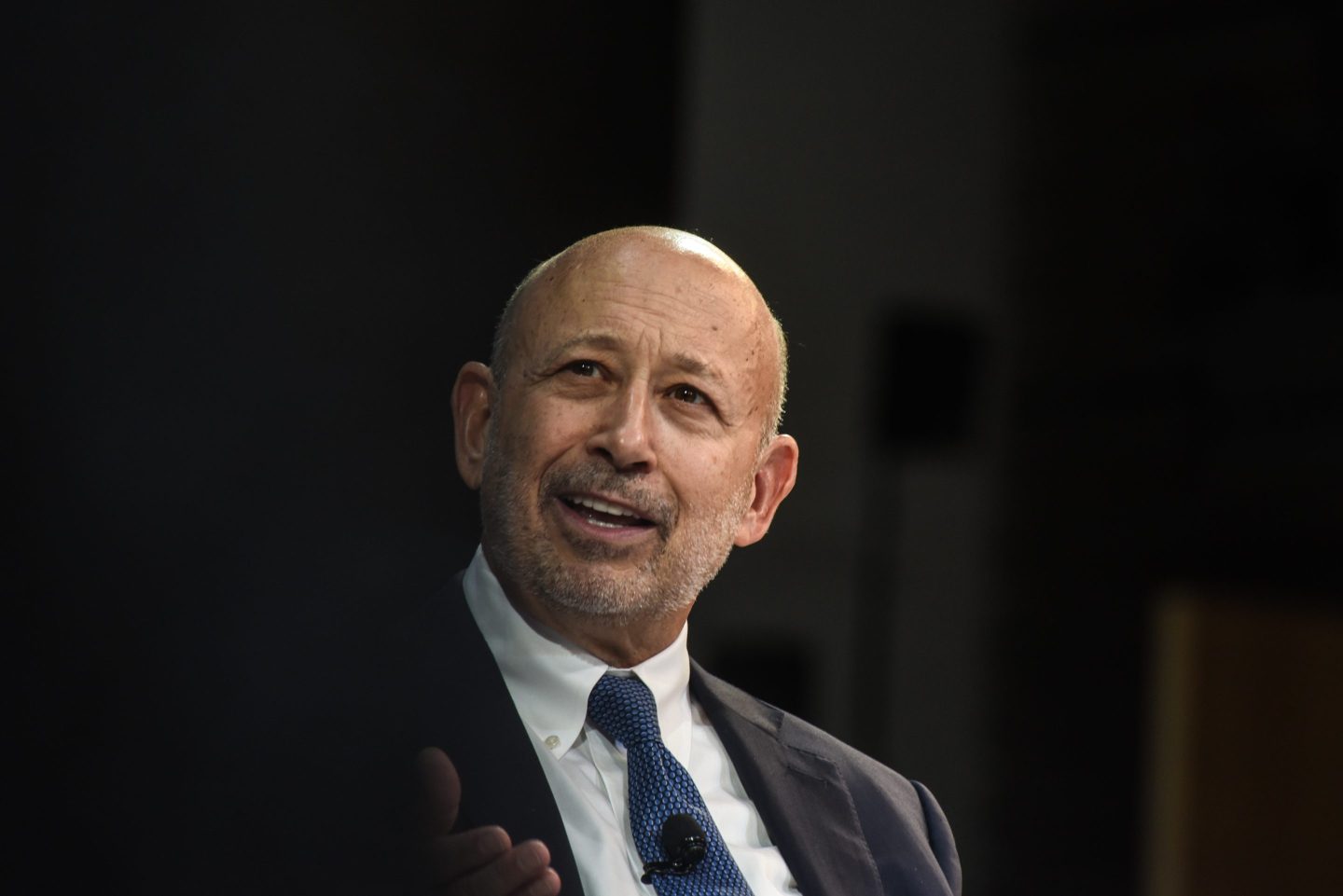A Fed official inexplicably lumps the insurer in with the worst casualties of the 2008 crisis.
Rounding up the firms whose missteps fueled the market meltdown of 2008 isn’t typically controversial. Lehman Brothers? Check. AIG ? Check. WaMu and Countrywide? Got them. Fannie and Freddie ? No doubt.

But Hartford Insurance? That’s a new one. Yet James Bullard, the president of the Federal Reserve Bank of St. Louis, on Tuesday lumped Hartford (HIG) in with the so-called shadow bankers whose overreaching brought us the credit collapse.
Bullard, speaking in London at the European Economics and Financial Centre, got to naming names as he addressed the question of what we should expect of regulatory reform. Bullard says the debate on that subject in the United States shows we’d be foolish to expect policymakers to solve every problem that looms over the economy.
“The debate has shown that while some issues can be addressed legislatively, many problems cannot be addressed effectively either because of political constraints or, more likely, because it is simply not that clear which changes in current law might support the best economic outcomes,” he said.
At this point Bullard held forth on one of the problems he doesn’t believe the government can effectively solve — that of investor runs on financial institutions that operate outside the federal deposit insurance system.
While this so-called shadow banking sector has shrunk substantially since the crisis, thanks to the collapse, rescue or forced sale of many of the major shadow banking players, Bullard believes it still holds risks that policymakers cannot fully address.
“I expect the problem of runs on non-bank financial firms to remain part of the macroeconomic landscape for the foreseeable future,” he said.
For the sake of illustration, Bullard listed off some of the biggest U.S. financial firms in 2007, just before the credit bubble collapsed and the shadow banking system started to unwind.
“These were names such as Lehman Brothers, Merrill Lynch, Fannie Mae, Freddie Mac, Hartford Insurance, American International Group, as well as thrifts like Washington Mutual and Countrywide,” Bullard said. “This list provides a simple who’s-who of the financial crisis in the U.S. It was all part of the shadow banking sector, a less regulated set of financial firms.”
Hartford surely has had its issues. Its shares fell to $3 last spring from $98 in December 2007, as the stock market collapse hammered its investment portfolio. The company laid off some workers to cut costs and had to acquire a thrift to qualify for $3.4 billion in Treasury loans that it has since repaid.
But Hartford in a who’s who of the financial crisis? That’s hard to figure. Hartford spokeswoman Shannon Lapierre says she’s not sure what to make of Bullard’s remarks.
Hartford shares fell 3% to $23.20, in line with the battering the rest of the financials were taking Tuesday.











